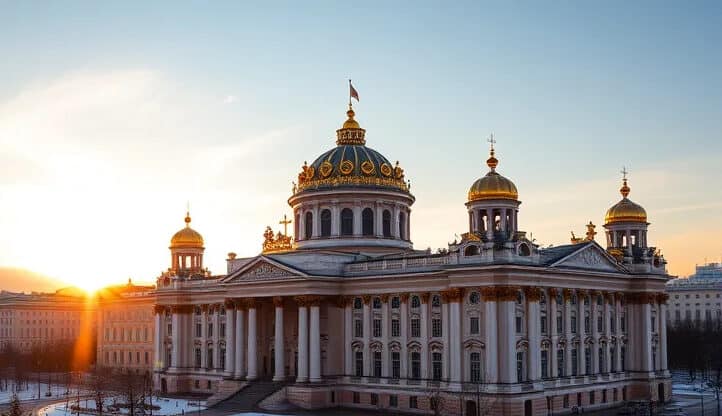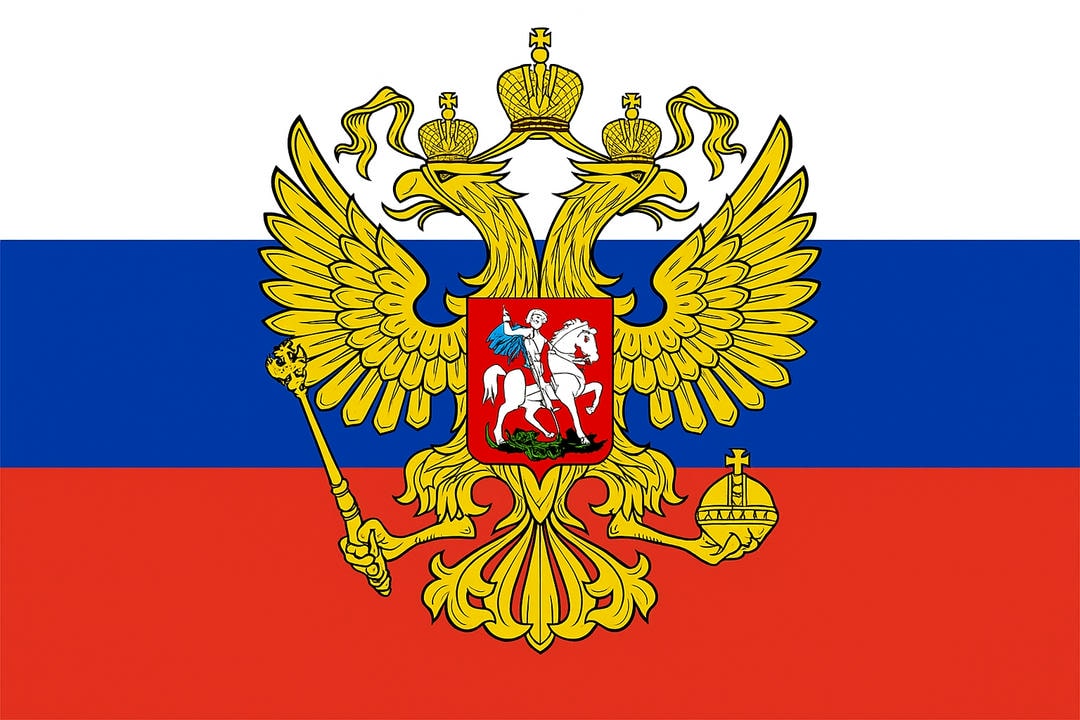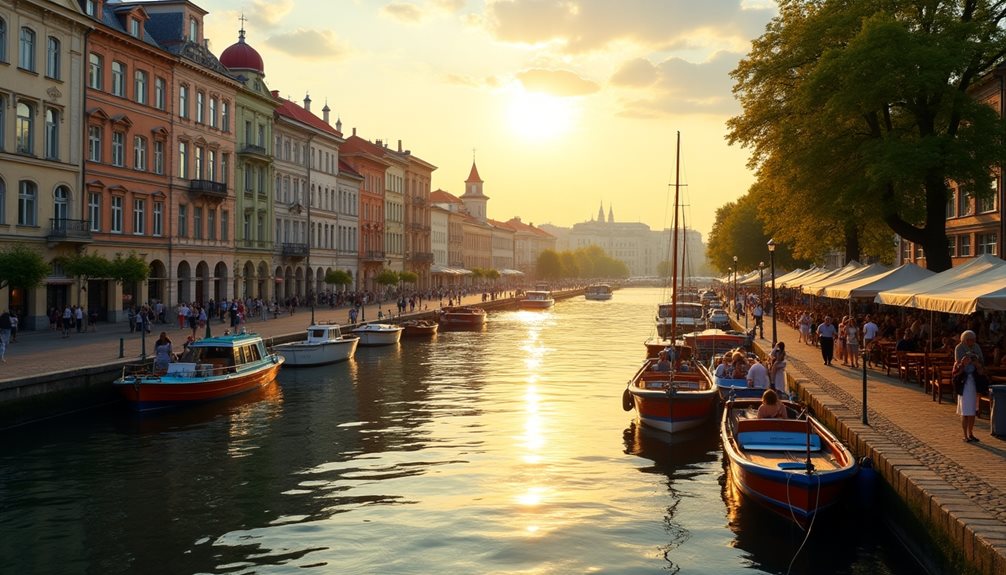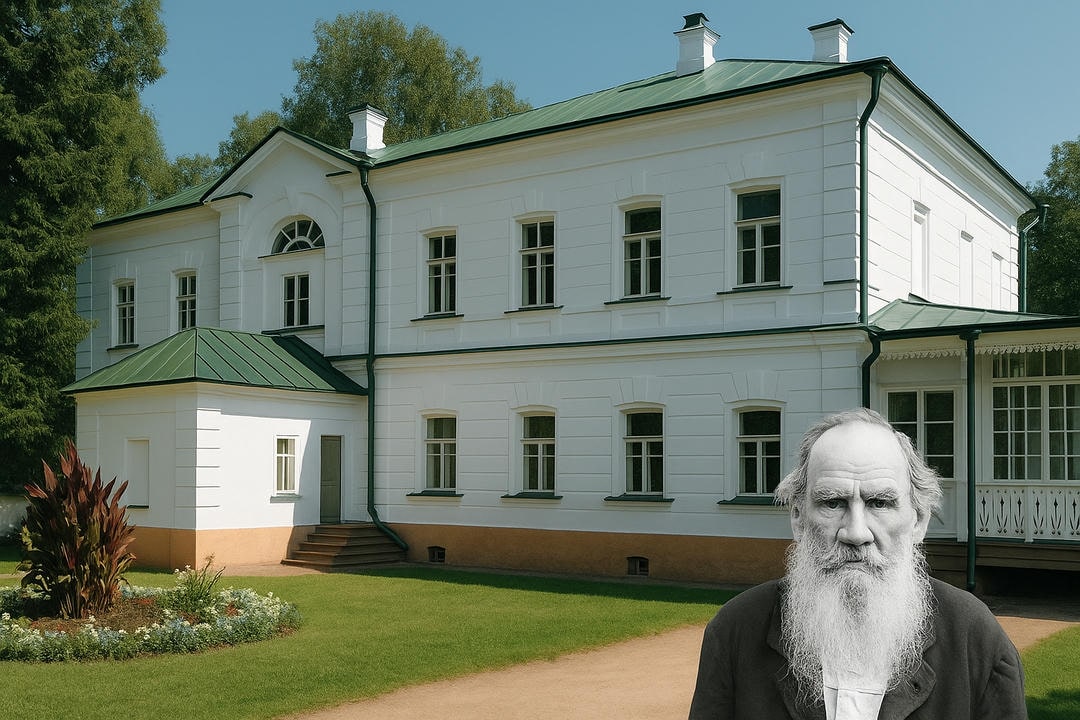
The 18th century marked a pivotal era in Russian history, as Peter the Great’s ambitious reforms and conquests propelled the empire onto the European stage. Through a series of strategic annexations and economic reforms, Russia’s influence expanded, and its economy began to flourish. However, this rapid transformation was not without its challenges. As Peter’s vision for a modernized Russia took shape, the empire’s internal dynamics began to shift, and the consequences of his policies would be felt for generations to come. What drove Peter’s vision for Russia, and how did his reforms shape the empire’s future?
Peter’s Reign and Expansion
The reign of Peter the Great, spanning from 1682 to 1725, marked a transformative period in Russian history, characterized by significant territorial expansion, administrative reforms, and the emergence of the Russian Empire.
Peter’s Expansion was a defining feature of his rule, as he sought to assert Russia’s dominance in the region. Through a series of military campaigns, Peter annexed territories from Sweden, Poland, and the Ottoman Empire, including Ingria, Finnish Karelia, Estonia, and Livonia.
Russian Colonization of these territories led to the establishment of new administrative and economic systems, further solidifying Russia’s position as a major European power. The acquisition of these territories also provided Russia with access to the Baltic Sea, a crucial trade route.
Economic Reforms and Growth
Transformation marked the Russian economy during Peter’s reign, as the country transitioned from a largely agrarian society to one with a burgeoning industrial sector.
Economic reforms aimed to stimulate industry and trade, while also encouraging private enterprise. A high protective tariff was imposed on all imports in 1724, with the goal of shielding domestic industries from foreign competition.
This move led to significant economic growth, with exports valued at over 2.5 million rubles by 1726. The establishment of factories, including textile and metallurgical plants, further contributed to the country’s economic expansion.
Russia’s trade interests were also guarded by consuls in Western ports, solidifying its position in the global market. As a result, Russia’s economy experienced notable growth, laying the foundation for its emergence as a major European power.
Military and Administrative Reforms
Marked by a series of sweeping reforms, Peter’s military and administrative systems underwent significant changes, aimed at creating a more centralized and efficient state apparatus.
Military modernization was a key focus, with the establishment of a regular army recruited by conscription from among the peasantry and petty townsfolk by 1710. The army’s effectives numbered 131,400 infantry and 38,400 cavalry in 1724, demonstrating significant growth.
Administrative efficiency was also prioritized, with the establishment of a standing tax-gathering bureaucracy to support the new Russia. These reforms aimed to create a more streamlined and effective state apparatus, enabling Russia to compete with Western European powers.
Church and Education Reforms
Following his vision of a modernized and centralized Russia, Peter I undertook a comprehensive overhaul of the church and education system.
In 1721, the Russian Orthodox Church was subordinated to the state through the Holy Governing Synod, effectively nationalizing it economically. Diocesan schools for clergy sons were established, supplementing existing ecclesiastical academies in Moscow and Kiev. Clerical education was revamped to emphasize a more modern, European-style curriculum.
Additionally, lay education expanded due to naval and military needs, with the establishment of a navigation school in 1701. A secular academy was decreed in 1724, marking a significant step towards modernizing Russian education and promoting the development of a more skilled and educated workforce. These reforms aimed to create a more centralized and efficient system, aligned with Peter’s vision for a modernized Russia.
Relations With the Western World
Amidst Peter the Great’s far-reaching modernization efforts, his relationship with the Western world underwent a profound evolution.
Peter actively engaged in Western diplomacy, establishing permanent envoys in most European capitals, which enabled Russia to navigate war and diplomacy as a combined operation. This strategic move allowed Russia to strengthen its commercial relations with the Netherlands and England, importing 1.5 million rubles worth of goods by 1726.
Cultural exchange also flourished, with foreigners invited to Russia and Russians sent abroad to start new schools and government departments. This exchange facilitated the transfer of knowledge, skills, and ideas, contributing to Russia’s rapid modernization and emergence as a major European power.
Internal Disturbances and Uprisings
Characterized by widespread discontent and simmering tensions, Peter the Great’s reign was also marked by a series of internal disturbances and uprisings that threatened the stability of the Russian state.
Labor unrest was a significant issue, with peasants and laborers protesting against heavy taxation, conscription, and the prohibition of selling peasants like cattle. Rebel suppression was swift and brutal, with the secret police and punitive military expeditions stamping out all opposition to the government.
Notable uprisings included the Astrakhan revolt, the Don Cossack uprising led by Kondraty Bulavin, and the peasant riots against conscription and taxation. These internal disturbances highlighted the deep-seated social and economic problems that plagued Peter’s Russia, despite its outward signs of modernization and growth.
Empire Building and Conquests
Despite the internal disturbances that plagued Peter’s Russia, the country’s expansionist ambitions remained unabated, driven by the Tsar’s vision of a modern, Europeanized state.
Through a series of conquests, Peter expanded Russia’s borders, incorporating diverse populations and cultures into the empire. The annexation of territories such as Ingria, Finnish Karelia, and Estonia brought new peoples into the Russian fold, necessitating the implementation of policies aimed at cultural assimilation.
A rigid social hierarchy was established, with the nobility at the top and the newly incorporated populations at the bottom. This hierarchy was reinforced through the imposition of Russian language, culture, and institutions, as Peter sought to create a unified, Europeanized state.
Legacy of Peter’s Rule
Establishing a modern, Europeanized state had been Peter’s enduring ambition, and his reign laid the groundwork for Russia’s emergence as a major power.
Peter’s legacy was marked by significant reforms that transformed Russia’s social hierarchy, with the nobility and bureaucracy becoming the dominant forces.
The Imperial diplomacy he established enabled Russia to engage with European powers on an equal footing, securing its position as a major player in international relations.
Peter’s reforms also had a lasting impact on Russia’s economy, with the establishment of a standing army, a modern administrative system, and a secular education system.
These reforms created a solid foundation for Russia’s continued growth and expansion, cementing Peter’s legacy as a visionary leader who transformed his country’s trajectory.




